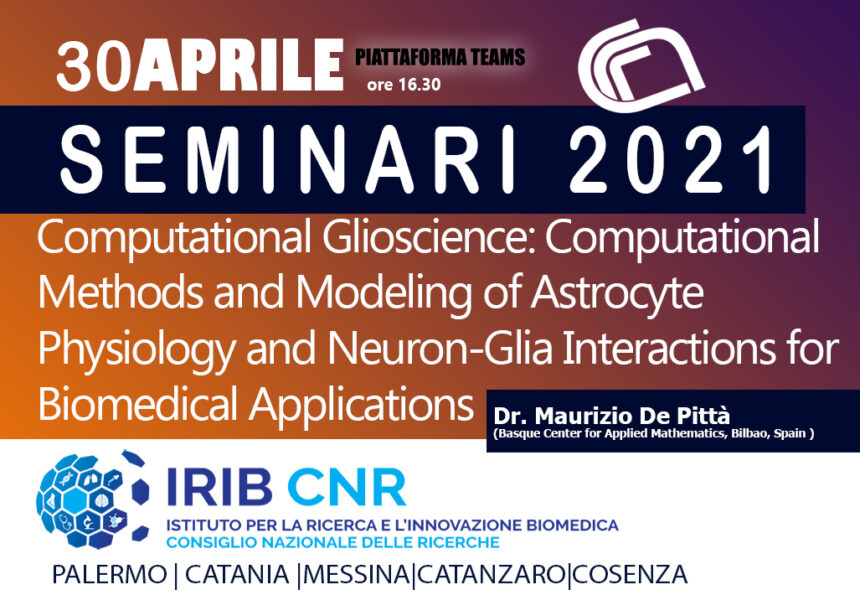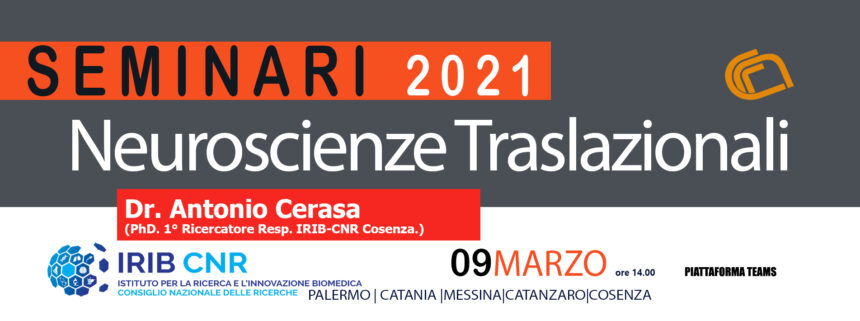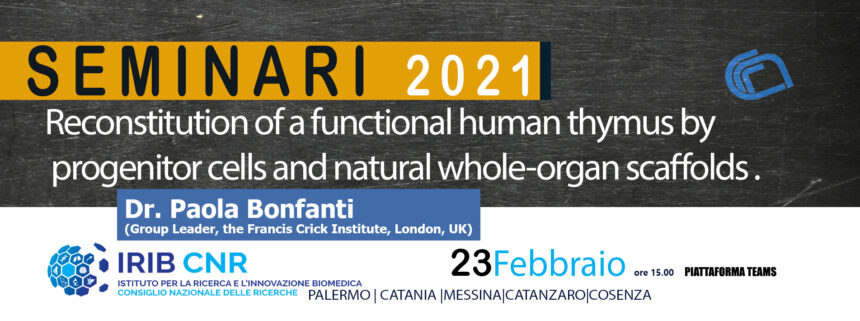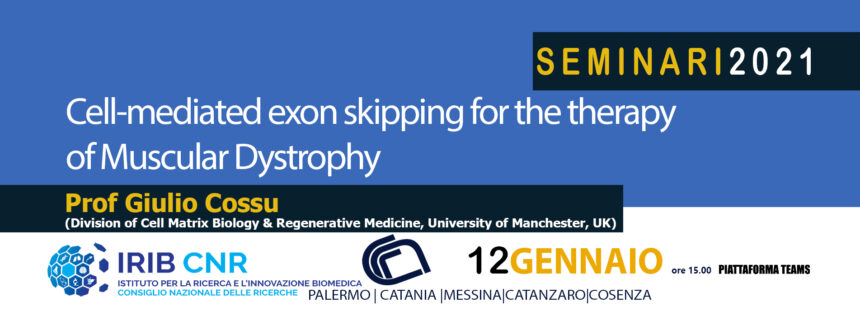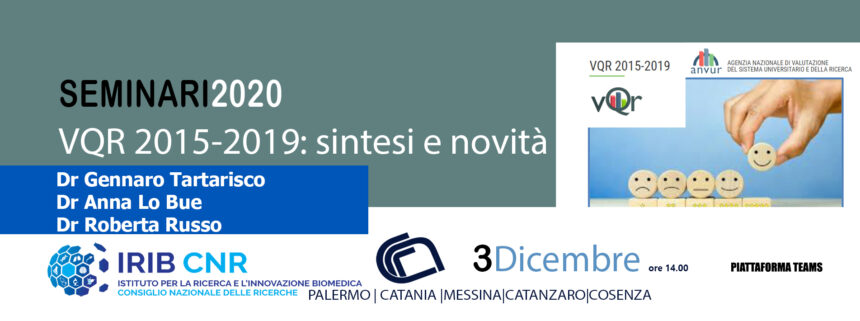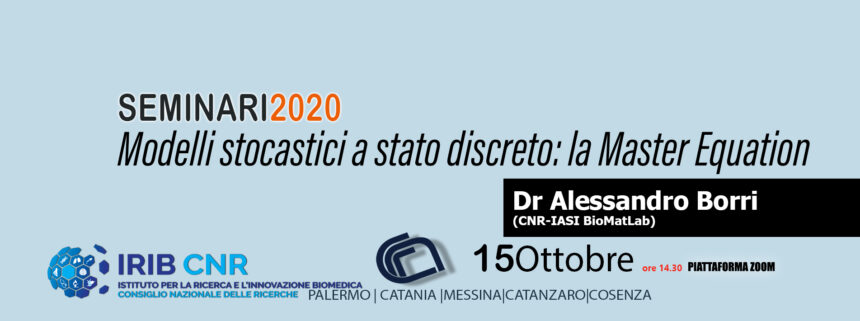Prof Giulio Cossu
Division of Cell Matrix Biology & Regenerative Medicine, University of Manchester, UK
Seminario: “Cell-mediated exon skipping for the therapy of Muscular Dystrophy”
12/01/2021 alle 15.00 su TEAMS
Abstract:
Many novel approaches have entered clinical experimentation for Duchenne Muscular Dystrophy but none has reached significant clinical efficacy. We completed a “first in man” cell therapy trial for DMD, based upon intra-arterial delivery of HLA-matched donor Mesoangioblasts (Mabs) (Cossu et al. EMBO Mol Med 2015). Mabs are progenitor cells originating from pericytes of skeletal muscle (Dellavalle et al. Nat. Cell Biol. 2007). They have the ability of adhering to and crossing the vessel wall when delivered intra-arterially. This was the innovative aspect of this trial, preceded by positive results in murine and canine models of muscular dystrophy (Sampaolesi et al. Science 2003, Sampaolesi et al. Nature 2006). The trial showed safety but modest efficacy, probably due to the advanced age of patients and to low engraftment, typical of all tissues where ablation of diseased cells is impossible (Cossu et al. Lancet 2018).
To reach clinical efficacy we are now developing a three arms strategy, implementing each step of transplantation, performing a detailed pharmacodynamics and developing a cross-correction strategy that should compensate the unavoidable low engraftment (0.7% in best case observed in the first trial) of transplanted cells in patients’ muscles.
Autologous mesoangioblasts were corrected with a lentivector expressing the U7 snRNA engineered to skip exon 51 of the dystrophin gene: the snRNA, produced by the few corrected nuclei, also enter neighboring, dystrophic nuclei and amplify of more than a log the therapeutic effect.
Thus, for the first time, we observed a level of dystrophin of 30% of healthy muscle, presumed to be curative, both in vitro (by culturing corrected and non corrected cells at a 1:30 ratio) and in preliminary experiments in vivo. The same strategy is being tested in a second trial, funded by the Wellcome Trust. This will be a proof of principle study, testing safety of genetically corrected autologous mesoangioblasts following intramuscular injection in a foot muscle of 5 non-ambulant DMD patients. In case of dystrophin production ≥ 10% of a healthy muscle, cells will also be injected in the thumb muscle, whose increased force of contraction would ameliorate the quality of patients’ life. If the trial will confirm the experimental data, we will then proceed to a third trial based upon systemic intra-arterial delivery of genetically corrected mesoangioblasts in young patients with an optimized protocol and intent to cure.
Cossu G1, Bragg L1, Meggiolaro L1, Naz N1, Torrente Y2, I. Bozzoni3, Mouly V4 and Galli F1.
1Division of Cell Matrix Biology & Regenerative Medicine, University of Manchester, UK
2Stem Cell Laboratory, Fondazione IRCCS Ca’ Granda Ospedale Maggiore Policlinico, Italy
3Department of Biology and Biotechnology, Sapienza University of Rome, Italy
4INSERM, CNRS, Institut de Myologie, GH Pitié-Salpêtrière, Paris, France

